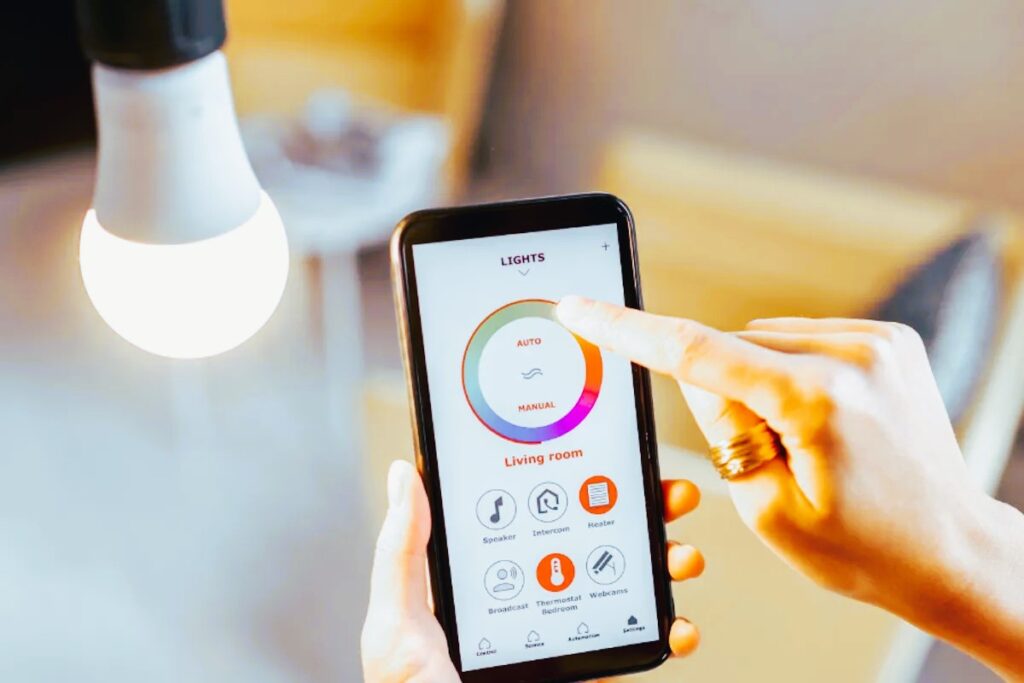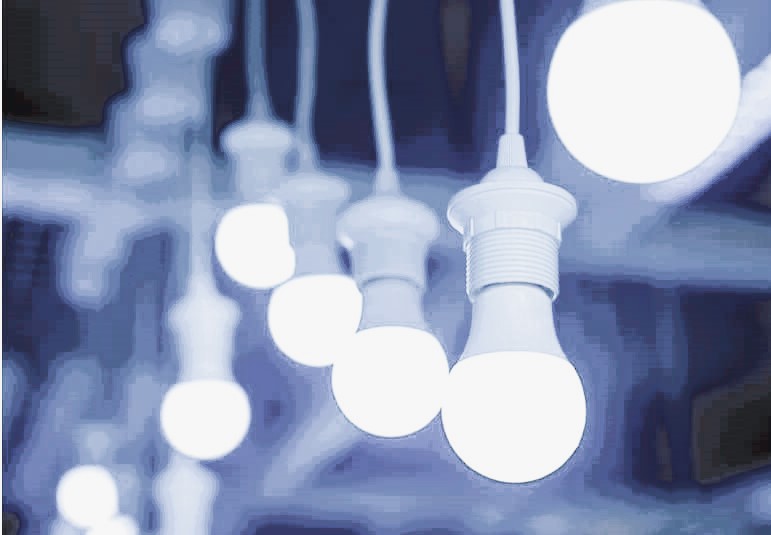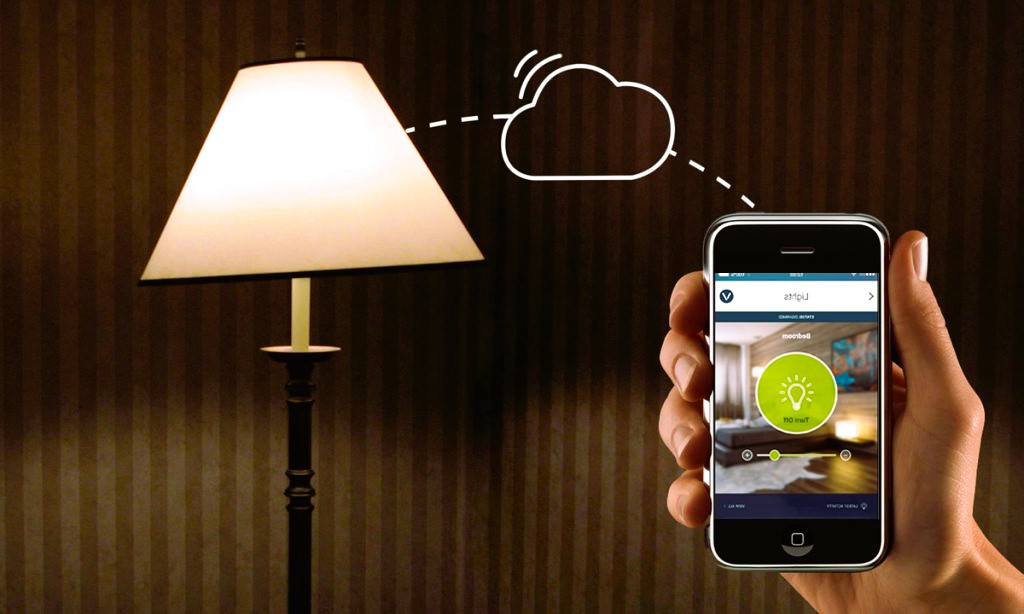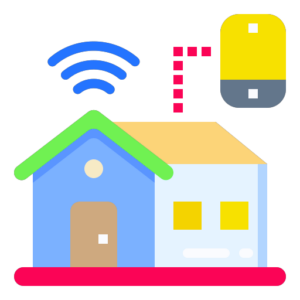In the age of technological innovation, the concept of “Smart Lighting” has emerged as a revolutionary force, transforming the way we illuminate our spaces. This cutting-edge technology goes beyond the conventional functionality of traditional lighting, introducing intelligent features that enhance energy efficiency, convenience, and overall user experience. In this exploration of Smart Lighting, we delve into what it entails, how it operates, and the impact it has on our daily lives.
Understanding Smart Lighting
At its core, Smart Lighting refers to an intelligent lighting system that utilizes connected devices and automation to provide a more customizable and efficient lighting experience. Unlike traditional lighting setups, Smart Lighting systems are equipped with sensors, controllers, and communication interfaces that allow for remote management and automation. This enables users to control various aspects of their lighting environment, such as brightness, color temperature, and scheduling, through smart devices like smartphones, tablets, or voice-activated assistants.
Key Components of Smart Lighting Systems

- Smart Bulbs and Fixtures: Smart lighting begins with the fundamental components — smart bulbs and fixtures. These are equipped with advanced features such as LED technology, color-changing capabilities, and connectivity options like Wi-Fi or Bluetooth. Smart bulbs can be easily integrated into existing fixtures, making it a convenient upgrade for any space.
- Sensors: Smart Lighting systems often incorporate sensors to detect ambient conditions and occupancy. Light sensors adjust illumination based on natural light levels, optimizing energy usage. Motion sensors contribute to energy efficiency by turning lights off in unoccupied rooms and activating them upon detecting movement.
- Smart Switches and Controls: Traditional wall switches are replaced by smart switches and controls, allowing users to manage lighting settings remotely. Some systems offer dimming capabilities, enabling users to create various lighting moods for different occasions.
- Connectivity and Integration: Smart Lighting relies on connectivity to function seamlessly. Wi-Fi, Bluetooth, Zigbee, or other communication protocols enable devices to communicate with each other and with the central control hub. Integration with smart home ecosystems like Amazon Alexa, Google Assistant, or Apple HomeKit allows users to control lighting through voice commands.
How Smart Lighting Works
The functionality of Smart Lighting revolves around the interconnectedness of its components. The process typically involves the following steps:
- Setup and Installation: Users install smart bulbs, fixtures, and sensors according to the manufacturer’s guidelines. This may involve connecting devices to a central hub or directly to a Wi-Fi network.
- Configuration: Smart Lighting systems often come with dedicated mobile apps that allow users to configure settings, such as brightness, color, and automation schedules. Some systems also offer integration with third-party apps for enhanced functionality.
- Communication: Devices within the Smart Lighting system communicate with each other through established protocols. For example, a motion sensor may trigger a smart bulb to turn on when someone enters a room.
- Control and Automation: Users have the flexibility to control their Smart Lighting system through various means, including mobile apps, voice commands, or automation schedules. Automation allows for preset scenarios, such as turning lights on gradually in the morning or creating dynamic lighting effects for entertainment.
Benefits of Smart Lighting
- Energy Efficiency: Smart Lighting optimizes energy usage by adjusting brightness based on natural light levels and turning off lights in unoccupied areas. This contributes to both cost savings and environmental sustainability.
- Customization: Users can personalize their lighting experience by adjusting color temperature, brightness, and ambiance according to their preferences. This flexibility enhances comfort and well-being.
- Remote Accessibility: The ability to control lighting remotely provides convenience and security. Users can turn lights on or off, adjust settings, and monitor their home’s lighting status from anywhere with an internet connection.
- Integration with Smart Homes: Smart Lighting seamlessly integrates with other smart home devices and ecosystems, allowing for comprehensive home automation. This interconnectedness enhances overall home management and control. Top 10 most necessary devices for a smart home, more details in our article.
Standardization in Smart Lighting

As the adoption of Smart Lighting grows, the need for standardization becomes paramount. Standardization ensures compatibility between devices from different manufacturers, fostering interoperability and a seamless user experience. The International Organization for Standardization (ISO) plays a crucial role in developing and maintaining standards for smart technologies, including those related to Smart Lighting.
For more information on international standards related to Smart Lighting, you can refer to the ISO website.
Conclusion: Illuminating Tomorrow
In conclusion, Smart Lighting represents a significant leap forward in the evolution of illumination. Its integration of advanced technologies not only enhances energy efficiency and customization but also contributes to the broader landscape of smart homes. As the industry continues to innovate, adherence to international standards becomes key to ensuring the reliability and interoperability of Smart Lighting systems. Embracing this intelligent approach to illumination not only illuminates our physical spaces but also lights the way to a more connected and sustainable future.


